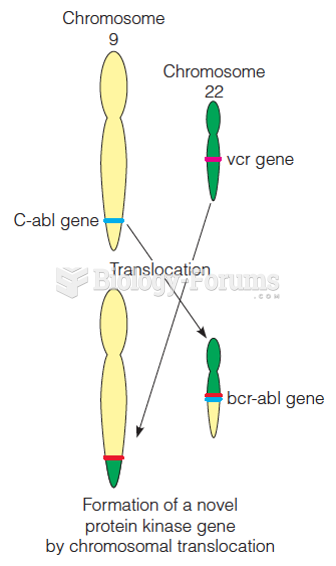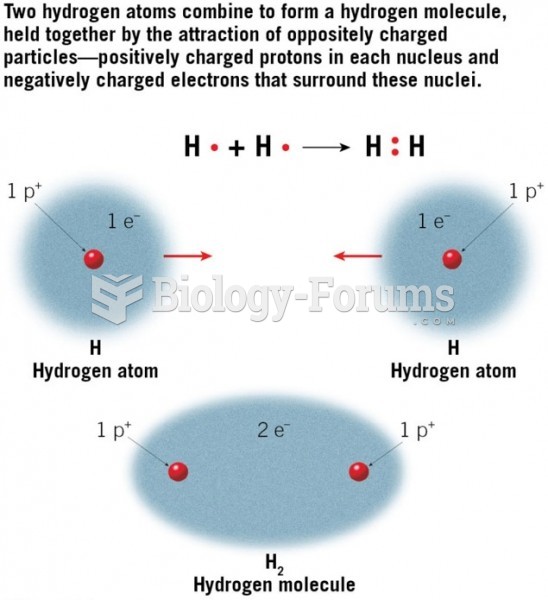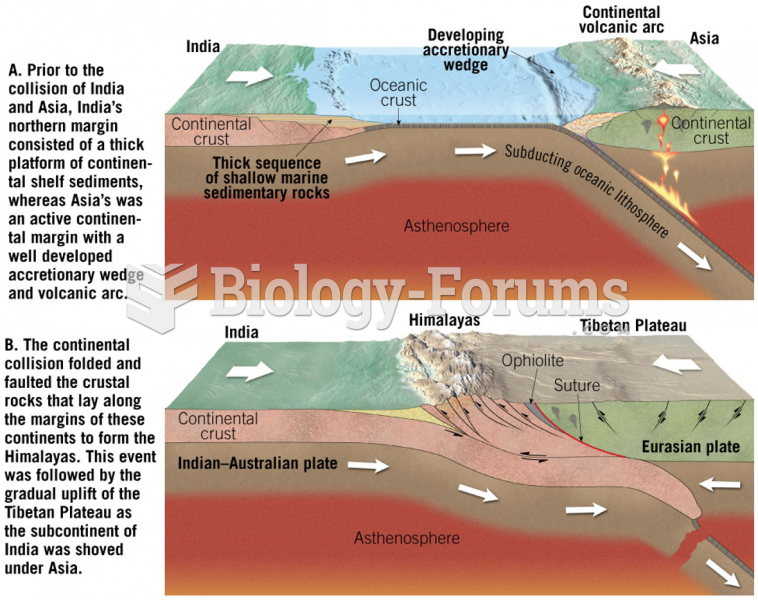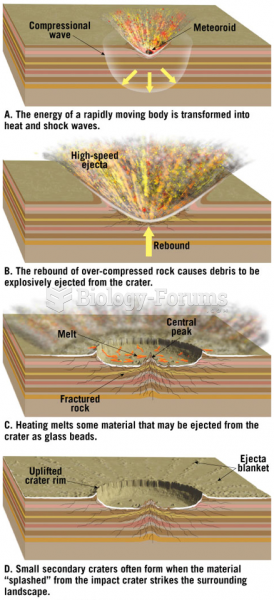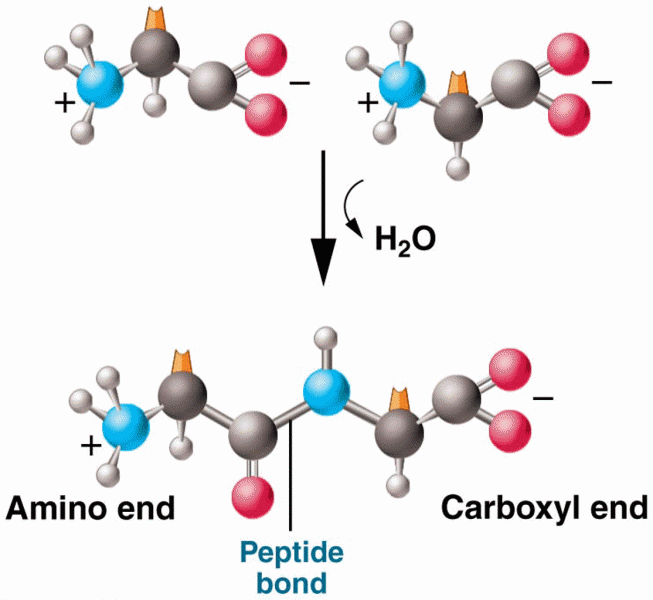|
|
|
Human stomach acid is strong enough to dissolve small pieces of metal such as razor blades or staples.
Pink eye is a term that refers to conjunctivitis, which is inflammation of the thin, clear membrane (conjunctiva) over the white part of the eye (sclera). It may be triggered by a virus, bacteria, or foreign body in the eye. Antibiotic eye drops alleviate bacterial conjunctivitis, and antihistamine allergy pills or eye drops help control allergic conjunctivitis symptoms.
Chronic marijuana use can damage the white blood cells and reduce the immune system's ability to respond to disease by as much as 40%. Without a strong immune system, the body is vulnerable to all kinds of degenerative and infectious diseases.
The average human gut is home to perhaps 500 to 1,000 different species of bacteria.
Increased intake of vitamin D has been shown to reduce fractures up to 25% in older people.


